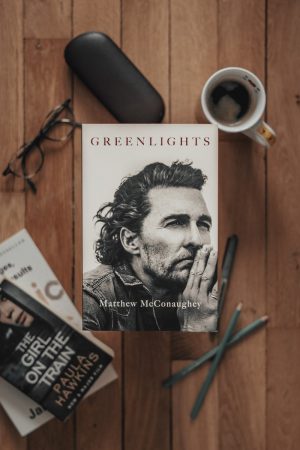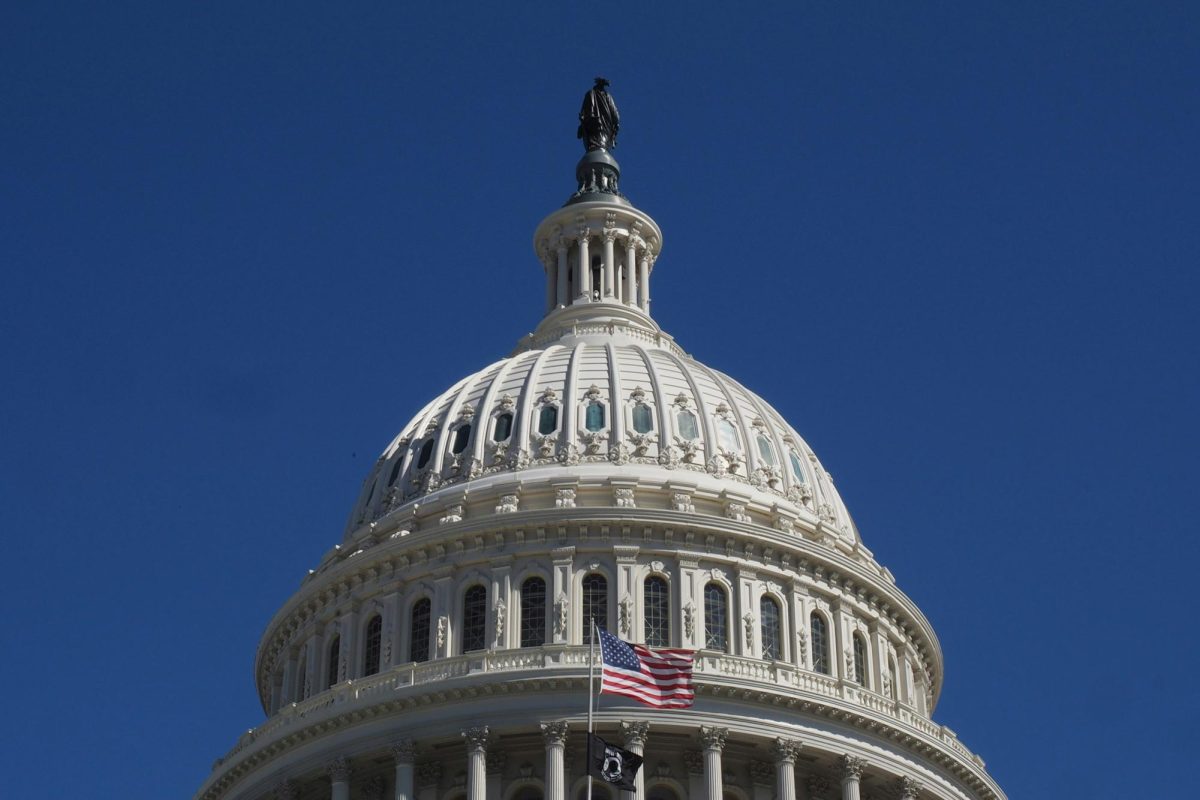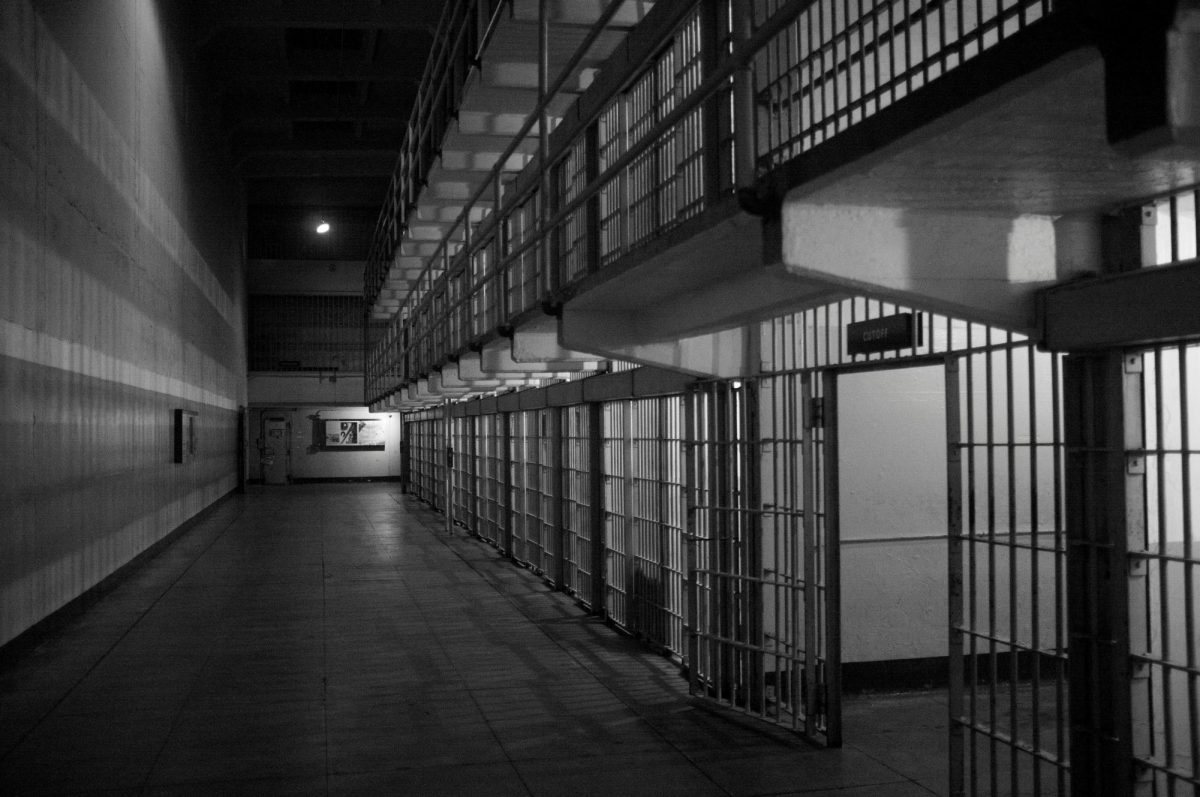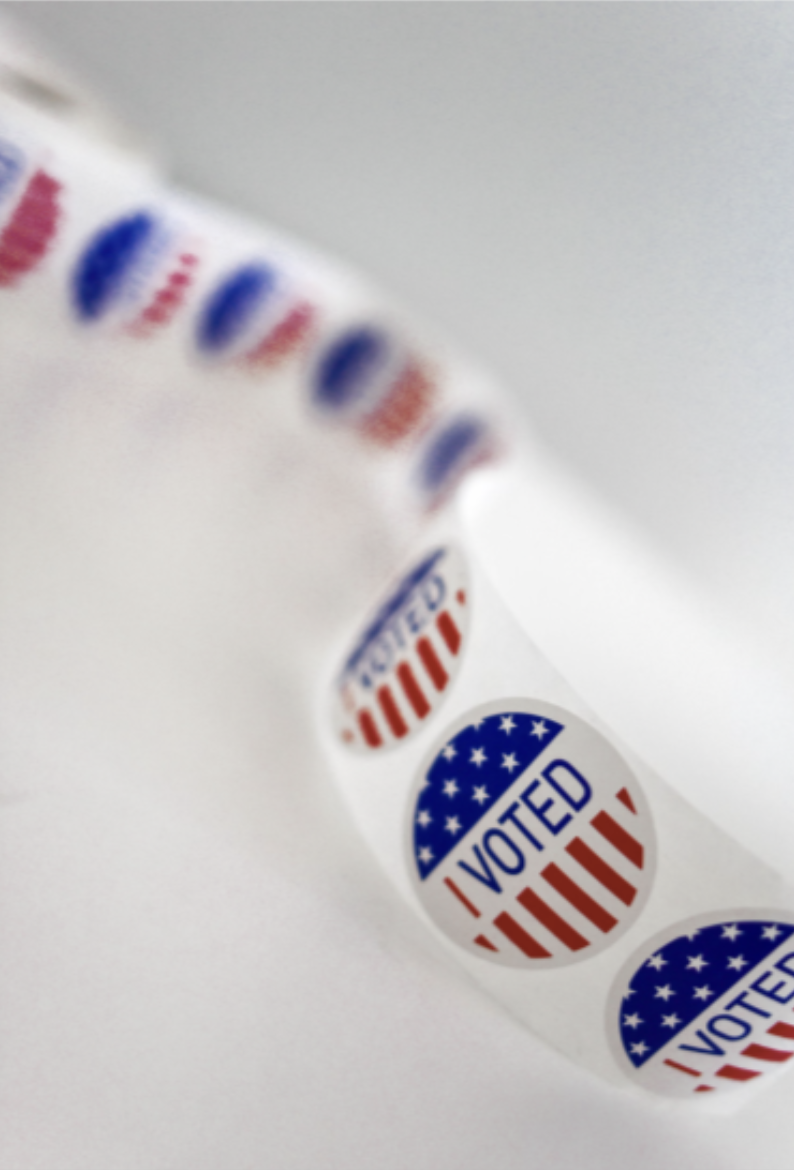A spate of recent tragedies and controversies has reignited the already perennial American gun control debate. On January 20th, a student was shot at Widener University and remains in “critical but stable condition.” On January 21st, a 23-year-old Purdue University student allegedly shot and killed an undergraduate teacher’s assistant named Andrew Bolt. And gun manufacturers Smith & Wesson and Ruger have recently withdrawn sales from California over their refusal to microstamp their firearms.
On the eve of Barack Obama’s State of the Union Address, the nation thus finds itself in a similar situation regarding gun violence as it did a year ago. In 2013, in the wake of the Newtown and Aurora shootings, Obama suggested “tough new laws to prevent anyone from buying guns for resale to criminals.” As Congress then failed to produce a serious gun control measure, gun control will likely be a recycled topic in Obama’s 2014 Address.
This article will demonstrate two ironies of the American gun control debate. The first is that the empirical case for gun control, despite the fervent rhetoric of gun control advocates, is lacking. According to the Uniform Crime Reports of the FBI, murders by firearm in the United States are on a downward trend. From 2007 – 2011, murders committed with handguns dropped 15.6%, with rifles by 28.7%, and with shotguns by 22.1%. Despite the perception of gun violence spiraling out of control, the United States is a significantly less violent society than it was twenty years ago. According to the Uniform Crime Reports, the murder rate in the United States in 1992 was 9.3/100,000. In 2011, the murder rate had declined by 49% to 4.7/100,000. In the same period, the overall violent crime rate dropped 37%.
To add a bit of perspective to the statistics on gun crime, 8,583 Americans were murdered in 2011 with firearms. In comparison, about 88,000 Americans die from alcohol-related causes each year. In 2010, 33,687 were killed in automobile accidents. 26,009 died in falls. This is not to argue that gun deaths are trivial, insignificant, or inevitable. However, if net prevention of death were the paramount goal, then firearm bans would rank fairly low on the list of priorities. And importantly, as shown, firearms deaths are already on the decline without gun control.
Despite the media perception of a gun epidemic, there has been no statistical trend towards the increased prevalence of mass shootings in America since 1980. James Alan Fox, a criminologist at Northeastern University, has demonstrated that mass shootings follow random patterns that are difficult to predict. While gun violence might peak for a period, there is no historical evidence guaranteeing that the peak will become a plateau.
What about international gun bans? Do they provide a model for American gun control? Ostensibly, yes. England suffers a much lower homicide rate than the United States and also has gun control. In 1997, England’s Firearms Act banned almost all handguns outside of antiques and BB guns. Yet from 1999 to 2009, with the law-abiding population disarmed, England’s rate of gun violence increased 89%. John Lott, an economist and influential voice in the gun control debate, has also demonstrated that England’s homicide rate was already declining before the gun ban, yet bounced back after gun control was implemented. Considering this fact, the best one can infer from contemporaneous gun control and declining homicide rates is merely correlation.
Concerning international examples, the theoretical framework of gun control advocacy – that more guns means more crime – comes into serious question. Finland, Sweden, France, Denmark, Switzerland, and Germany, for example, all have relatively high levels of gun ownership (16,000+ guns per 100,000 inhabitants), yet low murder rates (all under 2 murders per 100,000 inhabitants). A simple comparative map from the United Nations reinforces this point. Gun-saturated America, which claims 88.8 firearms per 100 inhabitants, suffers 2.97 homicides by firearm per 100,000 inhabitants. Brazil, which boasts only 8 firearms per 100 inhabitants, or 91% fewer firearms than America, suffers 18.1 homicides by firearm per 100,000 inhabitants, or 509% more homicides than America.
These empirical contradictions in the pro-gun control argument are major stumbling blocks in establishing proof that gun control would actually pose any net benefit to society. Though it may sound hackneyed, the simple truth seems that gun control disarms only those who obey the laws. Criminals can gain access to guns no matter what law Congress happens to pass.
Aside from the evidentiary issues in the gun control case, the second major irony of the gun control advocates’ case is their reliance on the beneficence of government to prosecute a just and effective gun control campaign.
Thoughtful listeners must surely have felt a twinge of hypocrisy when Obama was lamenting American gun violence in his 2013 State of the Union. Though begun under the Bush administration, Obama continued the nefarious Operation Fast and Furious gun-walking policy that put guns into the hands of Mexican cartels. At least one American, border patrol agent Brian Terry, was murdered in 2010 with a gun the administration had let “walk.” According to Mexican sources, these ATF guns have been involved in the killing and maiming of at least 150 Mexicans. Barack Obama was forced to invoke executive privilege to prevent the exposure of documents pertaining to gunwalking while Congress held Eric Holder in contempt over the matter, making him the first Attorney General to ever suffer such a disgrace.
Similarly, as of January 27, Congress has re-approved financial and possibly weapons support for Syrian rebels, as if arms proliferation in the Middle East were a legitimate goal. Now armed with American money, a rebel commander reported, “We used to have no weapons with which to fight the regime, but now the stocks are full.” The Syria episode is almost certainly stewing future blowback against Americans a la the Mujahedin.
On what empirical evidence might gun control advocates demonstrate that tough gun measures would reduce crime? Where does Obama derive the moral authority to urge gun control when his administration actively engages in arms proliferation? As long as these ironies and contradictions remain in the gun control camp, their proposals merit serious suspicion.
[Image Credit: http://www.bet.com/content/dam/betcom/images/2012/07/National-07-16-07-31/072312-national-ten-deadliest-shootings-Lubys-Killeen-Texas-shooting-massacre.jpg.custom1200x675x20.dimg]












